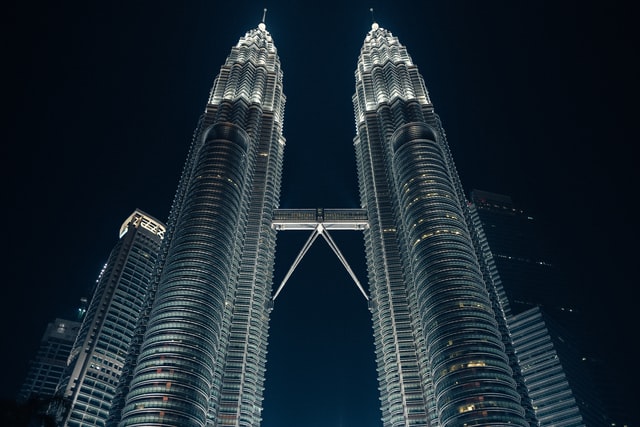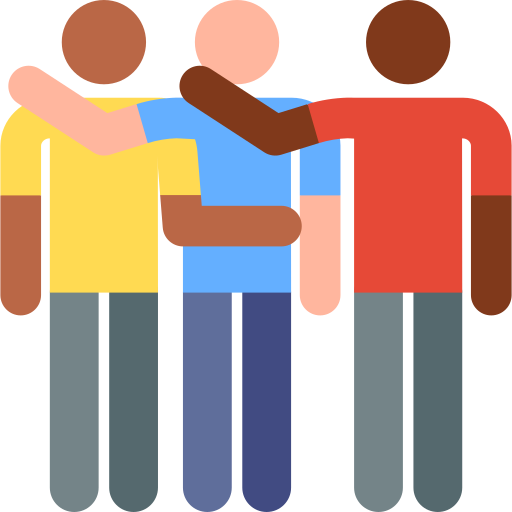
Xin Ru Tan
Over the years, studies showed that flourishers have high levels of resilience and productivity. The likelihood of developing mental illnesses and having suicidal ideation were also the least prevalent among flourishers. Contrastingly, languishers experience more negative emotions like emptiness and hopelessness. Despite the government’s efforts in building psychological flourishing (PF) through positive psychological approaches, depression affects approximately half a million people in Malaysia, especially among university students. Based on the broaden-and-build theory, this research aims to examine the relationships between gratitude, materialism, prosocial behavior, and PF. A total of 199 Malaysian undergraduates aged between 19 to 26 (Male = 63, Female = 136) were recruited through convenience sampling. Using a cross-sectional design with a survey method, the Gratitude Questionnaire- Six Item Form, Material Values Scale – Short Form. Prosociality Scale, and Flourishing Scale were administered. Pearson correlation analyses showed that gratitude and prosocial behaviour were positively associated with PF. Interestingly, materialism was not significantly associated with PF. Multiple regression analyses indicated that prosocial behaviour was the strongest predictor of PF. Ultimately, this paper illustrates the significance of nurturing undergraduates’ strengths and resources to encourage prosocial behaviour and gratitude, both of which promote flourishing – a state of lasting contentment.
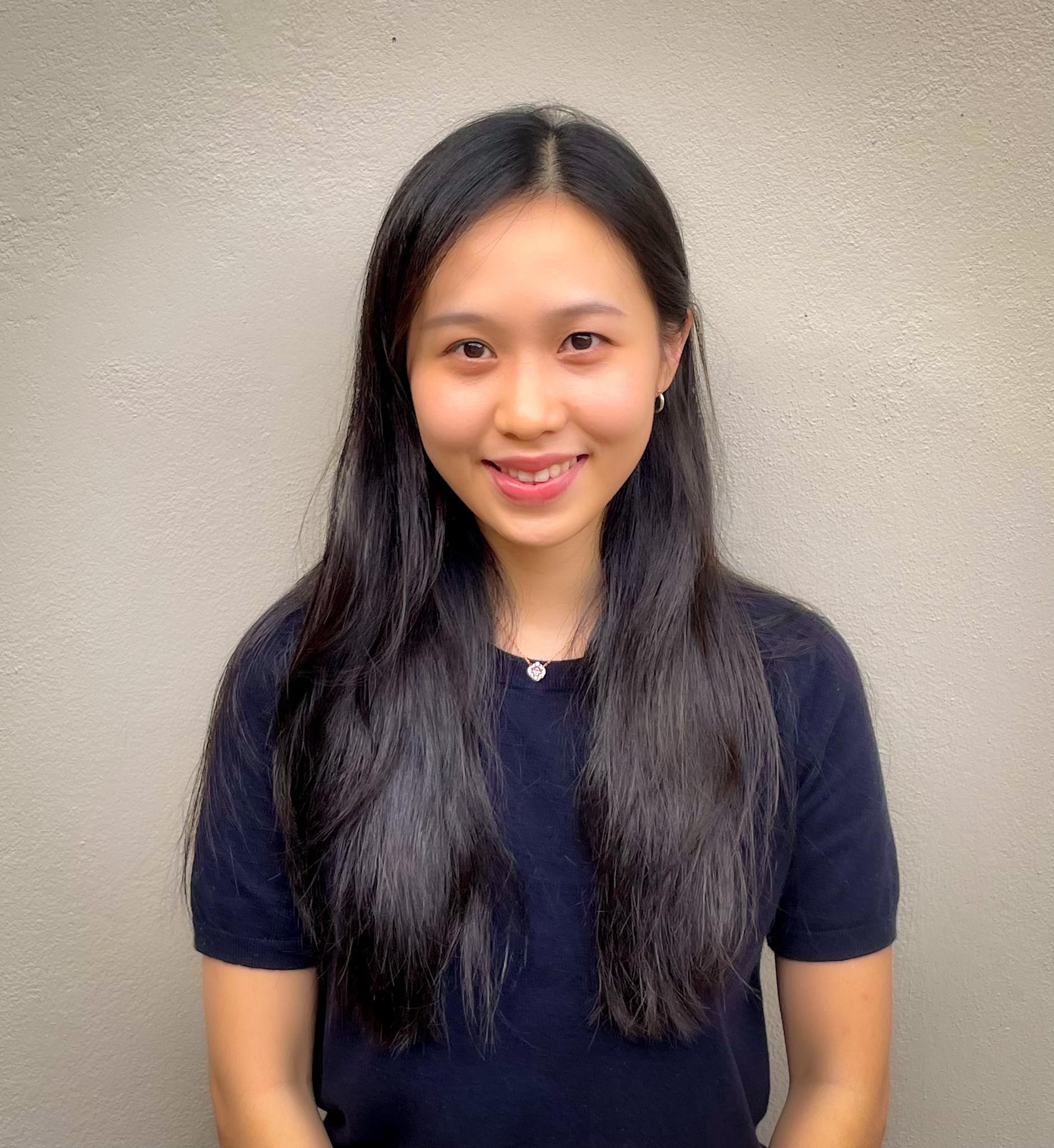
Xin Ru Tan
Often times we view happiness as a goal - a goal that we need to reach for everything to magically get better. But it isn't, happiness is an emotion that comes and goes, flows like the waves, and it's perfectly fine not to feel it all the time.
I believe that the quest of psychology is not 'fixing', it's finding your own way to live a flourishing life.
This study investigated the relationship between gratitude, prosocial behaviour, materialism, and psychological flourishing among Malaysian university students, in which the factors were discussed based on the broaden-and-build theory (Fredrickson, 2004; Fredrickson & Joiner, 2000).
What is Psychological Flourishing?
Psychological flourishing (PF) is an optimal state of mental health that encompasses more than just the absence of mental illness (Keyes, 2007). It entails a self-perceived condition of social-psychological prosperity in which a person feels themselves to be in a state of vitality, to have social connections, and to be able to find satisfaction in life (Diener et al., 2010; Keyes, 2002).
Why are we investigating this?
Extant research indicates that poor mental health of Malaysian university students appears to be evident (Wan Mohd Yunus et al., 2021; Wong et al., 2021; Kotera et al., 2020; Mohamad et al., 2021). Prolonged and high levels of anxiety and stress stems from academic challenges, financial difficulties, and homesickness (Vitasari et a., 2010) increase the risk of physical illness, depression, and suicidal ideation (Keyes et al., 2012; Reisbig et al., 2012).

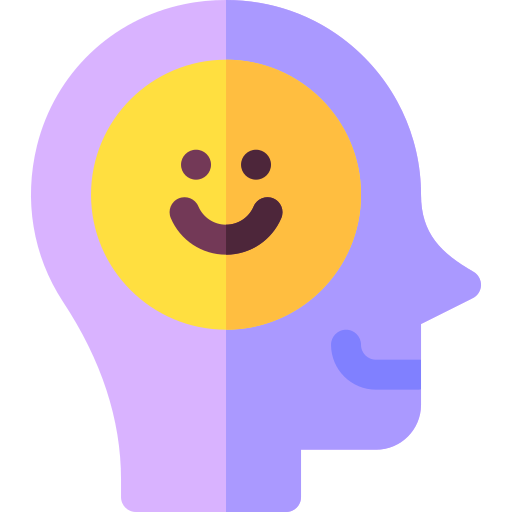
The broaden-and-build theory explains how positive emotions "broaden" one's thought-action repertoires and fosters PF (Fredrickson, 2004). Studies suggest that positive emotion promotes resilience, exploration, and proactive participation in social activities (Hayward et al., 2010; Lambert et al., 2009; Otake et al., 2006) that are prevalent among flourishers (Fredrickson & Joiner, 2002; Keyes, 2002).
Definitions of Variables
Gratitude is defined as an emotion that results from the perception of obtaining a benefit from an external source (Emmons & McCullough, 2003). Prosocial behaviors are voluntary actions that focus on benefiting others (Miles et al., 2021). Materialism is a belief in the importance of possessions in one’s life for happiness (Richins & Dawson, 1992).
Previous findings indicated that gratitude, prosocial behaviour, and materialism may affect one's PF. To illustrate, broaden-and-build theory supported that gratitude, as a positive emotion (Alkozei et al., 2018), and prosocial behaviour, that evokes positive emotions, broadens one’s thought and build emotional resources to deal with stressful events, which lead to increased PF (Fredrickson, 2004). In contrast, there are mixed findings on the relationship of materialism and well-being. For instance, Richins (2013) suggested that materialistic individuals experience stronger positive emotions due to the expectations of acquisition of the desired products. On the other hand, Solberg et al. (2004) asserted that materialists tend to experience more anxiousness, and diminished vitality (Kasser & Ahuvia, 2002).
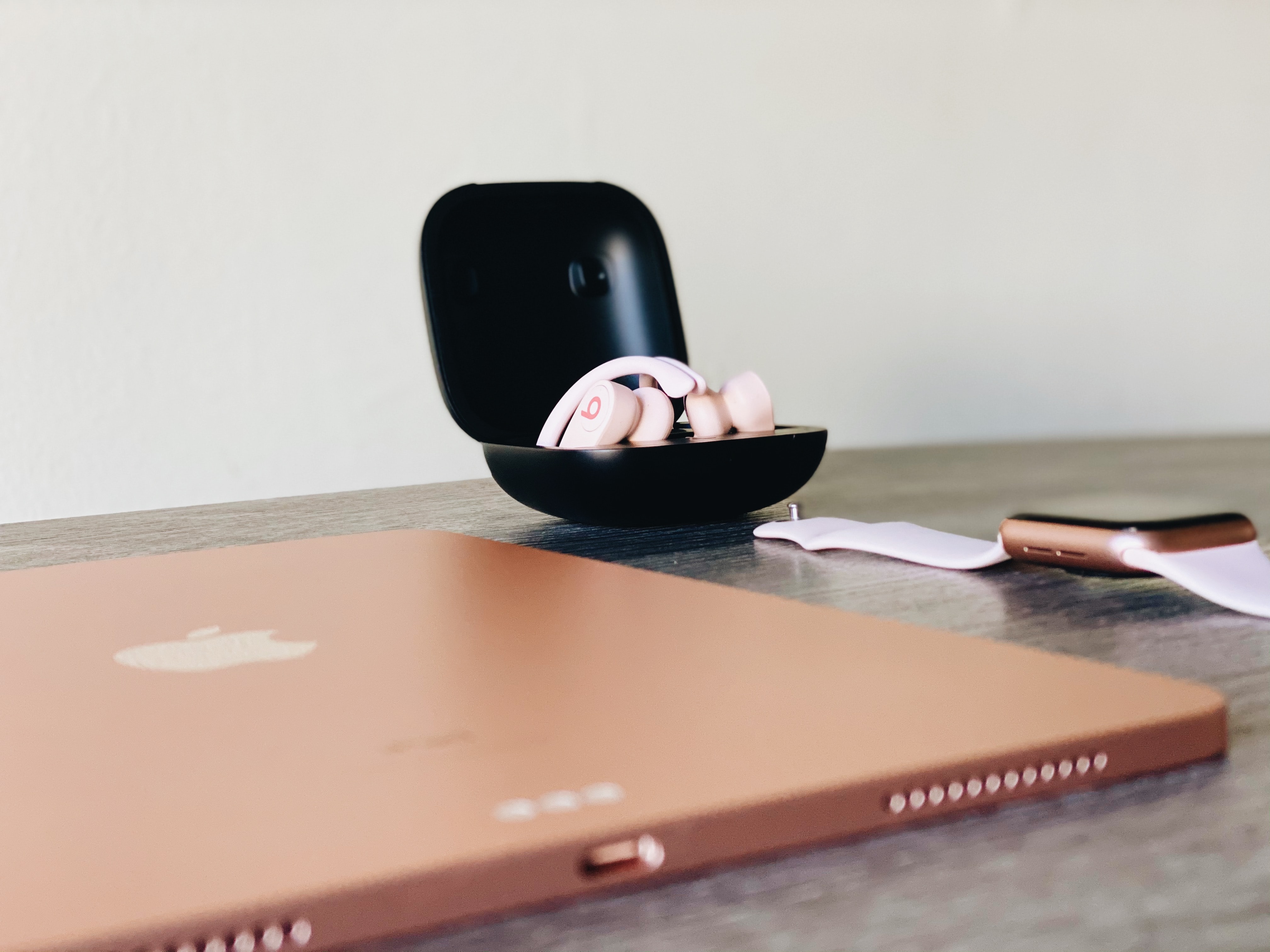
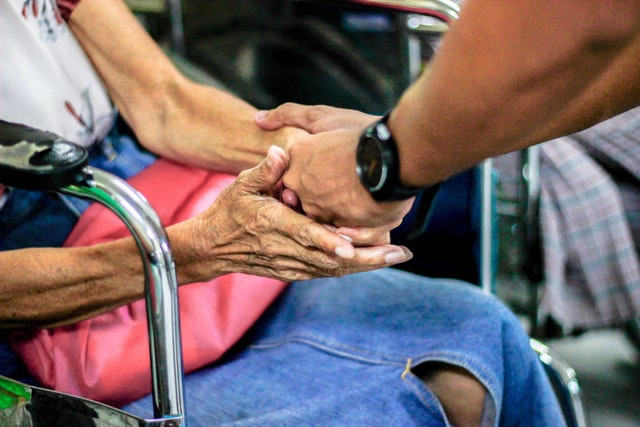
How did we do it?
A non-experimental cross-sectional study using survey method was used. A self-administered Google survey, and a poster were shared on social media platforms (i.e., Instagram, Whatsapp, and Facebook) to recruit participants. 199 participants with the age ranged from 19 to 26 years old (31.7% male and 68.3% female) completed the survey.

What did we found?
Multiple regression analysis indicated that both gratitude and prosocial behaviour are significant predictors of PF. This implies that participants who were more grateful and who had higher prosocial behaviour were found to experience enhanced PF. In contrary, there is no relationship between materialism and PF. Prosocial behaviour makes the strongest unique contribution to students’ PF.
What do the findings tell us?
Gratitude and prosocial behaviours are crucial factors for Malaysian undergraduates to be psychologically flourished, in which prosocial behaviour plays the most important role in predicting PF. Participants who engage in prosocial behaviours may experience higher level of positive emotions even without direct contacts (Curry et al., 2018; Martela & Ryan, 2016) due to gratifications (Miles et al., 2021). Compared to gratitude and materialism, one may feel more contentment and love when behaving prosocially (Nelson et al., 2016), which promotes greater flourishing.

Materialism is not related to students' PF, why?
Besides, materialism has no effect on participants' PF. Personal value is the central antecedent of materialism (Richins & Dawson, 1992). Malaysia has a collectivist culture (Sumari et al., 2019), thus, they may not view material consumption as a way to achieve success and happiness, but rather as a way to fulfill collective obligations or to attain congruence with their own collectivistic beliefs (Awanis et al., 2017), and subsequently less likely to influence their own happiness and PF.


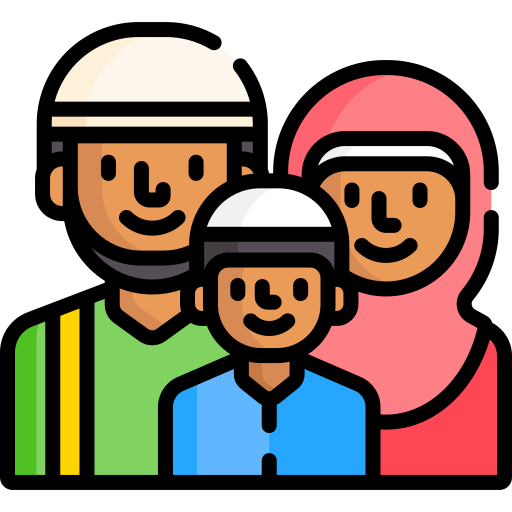
To conclude, the experience of positive emotions during the practice of gratitude and engagement in prosocial behaviour is important for one to feel more joy and reward, which nurtures a flourishing life.

Acknowledgement
I wish to thank Dr. Wu Shin Ling, my research project supervisor, for her significant involvement in supporting and facilitating this project.
References
- Alkozei, A., Smith, R., & Killgore, W.D. (2018). Gratitude and Subjective Wellbeing: A Proposal of Two Causal Frameworks. Journal of Happiness Studies, 19, 1519-1542.
- Awanis, S., Schlegelmilch, B.B. & Cui, C.C. (2017). Asia’s materialists: Reconciling collectivism and materialism. Journal of International Business Studies, 48, 964–991. https://doi.org/10.1057/s41267-017-0096-6
- Diener, E., Wirtz, D., Tov, W., Kim-prieto, C., Choi, D., Oishi, S., & Biswas-diener, R. (2010). New well-being measures: Short scales to assess flourishing and positive and negative feelings. Social Indicators Research, 97(2), 143-156. http://dx.doi.org/10.1007/s11205-009-9493-y
- Emmons, R. A., & McCullough, M. E. (2003). Counting blessings versus burdens: An experimental investigation of gratitude and subjective well-being in daily life. Journal of Personality and Social Psychology, 84, 377−389. https://doi-org.ezproxy.sunway.edu.my/10.1037/0022-3514.84.2.377
- Fredrickson, B. L., & Joiner, T. (2002). Positive emotions trigger upward spirals toward emotional well-being. Psychological Science, 13, 172–175. http://dx.doi.org/10.1111/1467-9280.00431
- Fredrickson B. L. (2004). The broaden-and-build theory of positive emotions. Philosophical transactions of the Royal Society of London. Series B, Biological sciences, 359(1449), 1367–1378. https://doi.org/10.1098/rstb.2004.1512
- Hayward, M. L., Forster, W. R., Sarasvathy, S. D., & Fredrickson, B. L. (2010). Beyond hubris: How highly confident entrepreneurs rebound to venture again. Journal of Business Venturing, 25, 569 –578. http://dx.doi.org/10.1016/j.jbusvent.2009.03.002
- Kasser, T., & Ahuvia, A. (2002). Materialistic values and well-being in business students. European Journal of Social Psychology, 32(1), 137–146. https://doi-org.ezproxy.sunway.edu.my/10.1002/ejsp.85
- Keyes, C. L. M. (2002). The mental health continuum: from languishing to flourishing in life. Journal of Health and Social Behaviour, 43(2), 207-222. https://doi.org/10.2307/3090197
- Keyes, C. L. M. (2007). Promoting and protecting mental health as flourishing: a complementary Strategy for improving national mental health. The American Psychologist, 62(2), 95. https://doi.org/10.1037/0003-066X.62.2.95
- Keyes, C. L., Eisenberg, D., Perry, G. S., Dube, S. R., Kroenke, K., & Dhingra, S. S. (2012). The relationship of level of positive mental health with current mental disorders in predicting suicidal behaviour and academic impairment in college students. Journal of American College Health, 60(2), 126–133. https://doi.org/10.1080/07448481.2011.608393
- Kotera, Y., Ting, S. H. & Neary, S. (2020). Mental health of Malaysian university students: UK comparison, and relationship between negative mental health attitudes, self-compassion, and resilience. Higher Education, 81, 403–419.https://doi.org/10.1007/s10734-020-00547-w
- Lambert, N. M., Fincham, F. D., Stillman, T. F., and Dean, L. K. (2009). More gratitude, less materialism: The mediating role of life satisfaction. The Journal of Positive Psychology, 4(1), 32–42. https://doi.org/10.1080/17439760802216311
- McCullough, M. E., Emmons, R. A., & Tsang, J.-A. (2002). The grateful disposition: A conceptual and empirical topography. Journal of Personality and Social Psychology, 82(1), 112-127. https://dx.doi.org/10.1037/0022-3514.82.1.112
- Miles, A., Andiappan, M., Upenieks, L., & Orfanidis, C. (2021). Using prosocial behavior to safeguard mental health and foster emotional well-being during the COVID-19 pandemic: A registered report protocol for a randomized trial. PloS one, 16(1), e0245865. https://doi.org/10.1371/journal.pone.0245865
- Otake, K., Shimai, S., Tanaka-Matsumi, J., Otsui, K., & Fredrickson, B. L. (2006). Happy people become happier through kindness: A counting kindnesses intervention. Journal of Happiness Studies, 7, 361–375. http://dx.doi.org/10.1007/s10902-005-3650-z
- Reisbig, A. M., Danielson, J. A., Wu, T. F., Hafen, M., Jr, Krienert, A., Girard, D., & Garlock, J. (2012). A study of depression and anxiety, general health, and academic performance in three cohorts of veterinary medical students across the first three semesters of veterinary school. Journal of Veterinary Medical Education, 39(4), 341–358. https://doi.org/10.3138/jvme.0712-065R
- Richins, M. L., & Dawson, S. (1992). A consumer values orientation for materialism and its measurement: scale development and validation. Journal of Consumer Research, 19(3), 303-316.
- Richins, M. L. (2013). When wanting is better than having: Materialism, transformation expectations, and product-evoked emotions in the purchase process. Journal of Consumer Research, 40, 1–18. https://doi.org/10.1086/669256
- Solberg, E. G., Diener, E. & Robinson, M. D. (2004). Why are materialists less satisfied? In T. Kasser & A. D. Kanner (Eds.). Psychology and consumer culture: The struggle for a good life in a materialistic world (pp. 29-48). American Psychological Association. https://doi.org/10.1037/10658-003
- Sumari, M., Baharudin, D. F., Khalid, N. M., Ibrahim, N. H., & Ahmed Tharbe, I. H. (2019). Family functioning in a collectivist culture of Malaysia: A qualitative study. The Family Journal, 28, 396 - 402. https://doi.org/10.1177/1066480719844334
- Vitasari, P., Abdul, W. M. N., Othman, A., & Awang, M. G. (2010). A research for identifying study anxiety sources among university students. International Education Studies, 3(2), 189–96. https://eric.ed.gov/?id=EJ1066077
- Mohamad, N. E., Sidik, S. M., Akhtari-Zavare, M., & Gani, N. A. (2021). The prevalence risk of anxiety and its associated factors among university students in Malaysia: a national cross-sectional study. BMC Public Health, 21, 438. https://doi.org/10.1186/s12889-021-104405
- Wan Mohd Yunus, W., Badri, S., Panatik, S. A., & Mukhtar, F. (2021). The unprecedented movement control order (lockdown) and factors associated with the negative emotional symptoms, happiness, and work-life balance of Malaysian university students during the coronavirus disease (COVID-19) Pandemic. Frontiers in Psychiatry, 11, 566221. https://doi.org/10.3389/fpsyt.2020.566221
- Wong, L. P., Alias, H., Md Fuzi, A. A., Omar, I. S., Mohamad Nor, A., Tan, M. P., Baranovich, D. L., Saari, C. Z., Hamzah, S. H., Cheong, K. W., Poon, C. H., Ramoo, V., Che, C. C., Myint, K., Zainuddin, S., & Chung, I. (2021). Escalating progression of mental health disorders during the COVID-19 pandemic: Evidence from a nationwide survey. PloS one, 16(3), e0248916. https://doi.org/10.1371/journal.pone.0248916
Slide 1 image (max 2mb)
Slide 1 video (YouTube/Vimeo embed code)
Image 1 Caption
Slide 2 image (max 2mb)
Slide 2 video (YouTube/Vimeo embed code)
Image 2 Caption
Slide 3 image (max 2mb)
Slide 3 video (YouTube/Vimeo embed code)
Image 3 Caption
Slide 4 image (max 2mb)
Slide 4 video (YouTube/Vimeo embed code)
Image 4 Caption
Slide 5 image (max 2mb)
Slide 5 video (YouTube/Vimeo embed code)
Image 5 Caption
Slide 6 image (max 2mb)
Slide 6 video (YouTube/Vimeo embed code)
Image 6 Caption
Slide 7 image (max 2mb)
Slide 7 video (YouTube/Vimeo embed code)
Image 7 Caption
Slide 8 image (max 2mb)
Slide 8 video (YouTube/Vimeo embed code)
Image 8 Caption
Slide 9 image (max 2mb)
Slide 9 video (YouTube/Vimeo embed code)
Image 9 Caption
Slide 10 image (max 2mb)
Slide 20 video (YouTube/Vimeo embed code)
Image 10 Caption
Caption font
Text
Image (max size: 2mb)
Or drag a symbol into the upload area
















Image description/alt-tag
Image caption
Image link
Rollover Image (max size: 2mb)
Or drag a symbol into the upload area
















Border colour
Rotate
Skew (x-axis)
Skew (y-axis)
Image (max size: 2mb)
Or drag a symbol into the upload area
















Image description/alt-tag
Image caption
Image link
Rollover Image (max size: 2mb)
Or drag a symbol into the upload area
















Border colour
Rotate
Skew (x-axis)
Skew (y-axis)
Image (max size: 2mb)
Or drag a symbol into the upload area
















Image description/alt-tag
Image caption
Image link
Rollover Image (max size: 2mb)
Or drag a symbol into the upload area
















Border colour
Rotate
Skew (x-axis)
Skew (y-axis)
Image (max size: 2mb)
Or drag a symbol into the upload area
















Image description/alt-tag
Image caption
Image link
Rollover Image (max size: 2mb)
Or drag a symbol into the upload area
















Border colour
Rotate
Skew (x-axis)
Skew (y-axis)
Image (max size: 2mb)
Or drag a symbol into the upload area
















Image description/alt-tag
Image caption
Image link
Rollover Image (max size: 2mb)
Or drag a symbol into the upload area
















Border colour
Rotate
Skew (x-axis)
Skew (y-axis)
Image (max size: 2mb)
Or drag a symbol into the upload area
















Image description/alt-tag
Image caption
Image link
Rollover Image (max size: 2mb)
Or drag a symbol into the upload area
















Border colour
Rotate
Skew (x-axis)
Skew (y-axis)
Image (max size: 2mb)
Or drag a symbol into the upload area
















Image description/alt-tag
Image caption
Image link
Rollover Image (max size: 2mb)
Or drag a symbol into the upload area
















Border colour
Rotate
Skew (x-axis)
Skew (y-axis)
Image (max size: 2mb)
Or drag a symbol into the upload area
















Image description/alt-tag
Image caption
Image link
Rollover Image (max size: 2mb)
Or drag a symbol into the upload area
















Border colour
Rotate
Skew (x-axis)
Skew (y-axis)
Image (max size: 2mb)
Or drag a symbol into the upload area
















Image description/alt-tag
Image caption
Image link
Rollover Image (max size: 2mb)
Or drag a symbol into the upload area
















Border colour
Rotate
Skew (x-axis)
Skew (y-axis)
Image (max size: 2mb)
Or drag a symbol into the upload area
















Image description/alt-tag
Image caption
Image link
Rollover Image (max size: 2mb)
Or drag a symbol into the upload area
















Border colour
Rotate
Skew (x-axis)
Skew (y-axis)
Image (max size: 2mb)
Or drag a symbol into the upload area
















Image description/alt-tag
Image caption
Image link
Rollover Image (max size: 2mb)
Or drag a symbol into the upload area
















Border colour
Rotate
Skew (x-axis)
Skew (y-axis)
Image (max size: 2mb)
Or drag a symbol into the upload area
















Image description/alt-tag
Image caption
Image link
Rollover Image (max size: 2mb)
Or drag a symbol into the upload area
















Border colour
Rotate
Skew (x-axis)
Skew (y-axis)
Image (max size: 2mb)
Or drag a symbol into the upload area
















Image description/alt-tag
Image caption
Image link
Rollover Image (max size: 2mb)
Or drag a symbol into the upload area
















Border colour
Rotate
Skew (x-axis)
Skew (y-axis)
Image (max size: 2mb)
Or drag a symbol into the upload area
















Image description/alt-tag
Image caption
Image link
Rollover Image (max size: 2mb)
Or drag a symbol into the upload area
















Border colour
Rotate
Skew (x-axis)
Skew (y-axis)
Image (max size: 2mb)
Or drag a symbol into the upload area
















Image description/alt-tag
Image caption
Image link
Rollover Image (max size: 2mb)
Or drag a symbol into the upload area
















Border colour
Rotate
Skew (x-axis)
Skew (y-axis)
Image (max size: 2mb)
Or drag a symbol into the upload area
















Image description/alt-tag
Image caption
Image link
Rollover Image (max size: 2mb)
Or drag a symbol into the upload area
















Border colour
Rotate
Skew (x-axis)
Skew (y-axis)
Image (max size: 2mb)
Or drag a symbol into the upload area
















Image description/alt-tag
Image caption
Image link
Rollover Image (max size: 2mb)
Or drag a symbol into the upload area
















Border colour
Rotate
Skew (x-axis)
Skew (y-axis)
Image (max size: 2mb)
Or drag a symbol into the upload area
















Image description/alt-tag
Image caption
Image link
Rollover Image (max size: 2mb)
Or drag a symbol into the upload area
















Border colour
Rotate
Skew (x-axis)
Skew (y-axis)
Image (max size: 2mb)
Or drag a symbol into the upload area
















Image description/alt-tag
Image caption
Image link
Rollover Image (max size: 2mb)
Or drag a symbol into the upload area
















Border colour
Rotate
Skew (x-axis)
Skew (y-axis)
Image (max size: 2mb)
Or drag a symbol into the upload area
















Image description/alt-tag
Image caption
Image link
Rollover Image (max size: 2mb)
Or drag a symbol into the upload area
















Border colour
Rotate
Skew (x-axis)
Skew (y-axis)
Image (max size: 2mb)
Or drag a symbol into the upload area
















Image description/alt-tag
Image caption
Image link
Rollover Image (max size: 2mb)
Or drag a symbol into the upload area
















Border colour
Rotate
Skew (x-axis)
Skew (y-axis)
Image (max size: 2mb)
Or drag a symbol into the upload area
















Image description/alt-tag
Image caption
Image link
Rollover Image (max size: 2mb)
Or drag a symbol into the upload area
















Border colour
Rotate
Skew (x-axis)
Skew (y-axis)

